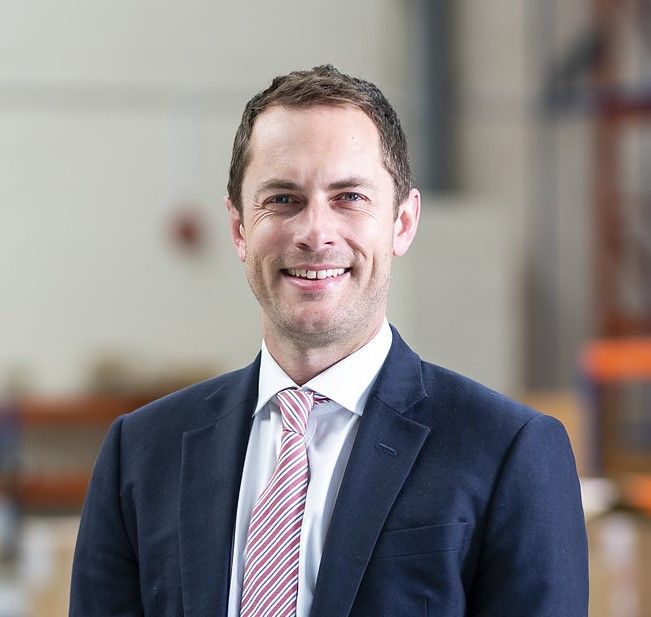In former times, airlines were obliged to hold extensive inventories of aircraft components to sustain their fleet, both at primary stations and at outstations where critical components were vital for Aircraft on Ground (AOG) situations. In instances where an aircraft found itself stranded at a distant location, the process of acquiring the necessary component(s) to restore the aircraft to service often proved to be protracted and cumbersome. Consequently, airlines began extending mutual assistance by loaning parts to one another.
Prompted by financial constraints and the need to manage costs effectively, airlines initiated a formal pooling of their aircraft components. Under this arrangement, components were collectively owned and accessible to members of the airline component pool.
The significant advancement in extensive component pooling occurred when both component original equipment manufacturers (OEMs) and maintenance providers ventured into this domain. They procured existing airline component inventories and rendered them accessible to their pool members, typically coupled with a Maintenance, Repair, and Overhaul (MRO) agreement to service the components removed from the fleet due to unserviceability.
Component pooling is now an indispensable aspect of the aftermarket. There is currently a multitude of providers offering such services. We have conducted market research to gain further insights into this topic and have spoken to industry experts in order to get a more comprehensive understanding of the situation.
Asked how component pooling helps reduce lead times for acquiring critical spare parts, Toby Clouston points out that: “Pool contracts are based around service levels and guaranteed delivery based on criticality as agreed by both parties. The pool provider takes on the responsibility to support pool requests, even where not covered by existing stock (noting certain providers may alternatively have the customer source and recharge back). Pool contracts can include on-site stock, with related composition based on the applicable airline MEL and AOG parts removal history. Replenishment service levels are set to restock within an agreed timeframe.”
Where the availability of aircraft is concerned, AerFin’s Toby Clouston comments: “Pool provider pool/part number standard, maintaining high standard of the pool, i.e., modification status, engineering collaboration and interaction with OEM’s to keep parts on wing longer, improve availability of aircraft.”

What about component quality and compatibility?
Toby Clouston advises that quality assurance is critical. “Quality assurance should be a key tenement in the negotiation of any pool support structure. Operators should take into consideration, for example, any available data points on pool Mod standard, the age of components, prior history of supporting aircraft type, part number reliability issues and the vendors used for MRO activity. You get what you pay for, and customer should always question deltas in package offerings. That said, pool providers are incentivised to mitigate higher removals by ensuring stock quality to meet the expectations and service levels required by the customer.”
Toby Clouston highlights the importance of careful analysis of usage data. “AerFin has inventory management tools to analyse usage data over set periods to better understand supply and demand requirements. As well as ensuring a healthy pipeline of USM from its whole asset and package purchasing function, AerFin proactively manages its supply chain to mitigate spikes in demand and output.”
So, is component pooling more beneficial for those with smaller or larger fleets?And which, if any, are not suitable categories for component pooling?
AerFin’s Toby Clouston was very specific, while also commenting on potential alternatives to component pooling for certain items, indicating that: “Flying controls, insurance spares are standard exemptions and not likely offered as pool solutions.” His suggestions for alternatives are: “Certain ATA chapters and Part classification can be removed from a standard pool structure, although there are PBH or CPAL options for W&B’s, Galley Equipment, IFE, APU’s etc. These will provide same benefits as a pool concept but are tailored more specifically to product, usage and costs. Additionally certain providers offer solutions on consumables and expendables. Certain ATA chapters and part classification can be removed from a standard pool structure, although there are PBH or CPAL options for W&Bs, galley equipment, IFE, and APU’s etc. These will provide the same benefits as a pool concept but are tailored more specifically to product, usage and costs. Additionally certain providers offer solutions on consumables and expendables.”
And finally, we asked our contributors to reveal which aircraft models for which they specialise in providing inventory support.
Toby Clouston confirmed that: “AerFin’s primary component support solutions are focused on theE170/175, E190/195, A320CEO / NEO, A330CEO / NEO, and B737NG.” Martynas Staknys advised that: “Setna iO specializes and has extensive inventory of material for the Airbus A320/A330/A380 families, and the Boeing 737, 747,767, 777, 787. However, we also have an inventory of ATR and Embraer components.”
Read the full article in the February edition of MRO AviTrader.